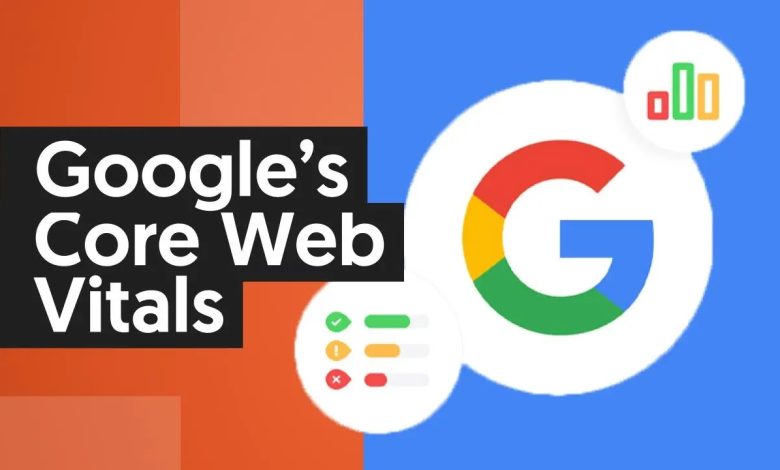How to Optimize Your Website for Core Web Vitals

Google’s Core Web Vitals are a set of metrics introduced to measure real-world user experience on websites. These vitals affect SEO rankings, user satisfaction, and overall site performance.
In this article, we’ll break down what Core Web Vitals are, why they matter, and practical steps to optimize your website to achieve better performance and higher rankings in search engines.
1. What Are Core Web Vitals?
Google defines three primary Core Web Vitals:
Largest Contentful Paint (LCP):
- Good LCP: ≤ 2.5 seconds.
- Measures loading performance.
First Input Delay (FID):
- Good FID: ≤ 100 ms.
- Measures interactivity.
Cumulative Layout Shift (CLS):
- Good CLS: ≤ 0.1.
- Measures visual stability.
2. Why Core Web Vitals Matter
- SEO Ranking Factor: Google officially uses them to rank websites.
- User Retention: Faster and more stable websites lead to lower bounce rates.
- Conversion Rates: Studies show better performance = higher sales and engagement.
3. Optimizing for LCP (Largest Contentful Paint)
Common Issues: Slow server response, large images, render-blocking scripts.
Solutions:
- Use Content Delivery Networks (CDNs).
- Compress and optimize images (WebP/AVIF formats).
- Use lazy loading for offscreen images.
- Minify CSS and JavaScript.
- Implement server-side rendering (SSR) or static site generation (SSG).
4. Optimizing for FID (First Input Delay)
Common Issues: Heavy JavaScript execution blocking user interaction.
Solutions:
- Split JavaScript bundles.
- Use code-splitting and tree shaking.
- Minimize use of third-party scripts.
- Use web workers to offload tasks.
5. Optimizing for CLS (Cumulative Layout Shift)
Common Issues: Ads, images, or iframes loading late and shifting content.
Solutions:
- Set fixed width/height for images and videos.
- Preload fonts to avoid Flash of Invisible Text (FOIT).
- Reserve space for dynamic content like ads or embeds.
6. Tools to Measure Core Web Vitals
- Google PageSpeed Insights
- Lighthouse (built into Chrome DevTools)
- Web Vitals Chrome Extension
- Search Console Core Web Vitals Report
7. Advanced Optimization Techniques
- Preload critical resources: Fonts, hero images, key scripts.
- Use HTTP/2 or HTTP/3: Faster parallel requests.
- Implement Service Workers: Improve repeat visits and caching.
- Adopt Modern Frameworks: Next.js, SvelteKit, and Nuxt.js have built-in optimizations.
8. Case Study Example
A large e-commerce site reduced LCP by 40% after:
- Switching to a CDN
- Optimizing product images with WebP
- Deferring third-party analytics scripts
Result:
- +25% increase in conversion rate
- Improved search rankings
Conclusion
Optimizing for Core Web Vitals isn’t just about pleasing Google—it’s about delivering fast, responsive, and stable experiences to your users.
By addressing LCP, FID, and CLS through best practices like image optimization, reducing JavaScript, and stabilizing layouts, you’ll build websites that perform better, rank higher, and convert more visitors.

